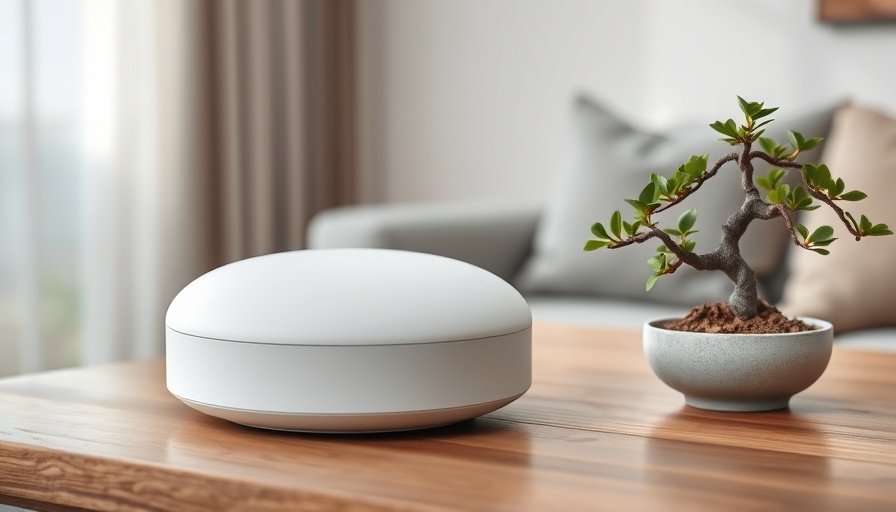
Why Choose Mesh Wi-Fi for Your Home?
In today's fast-paced digital world, Wi-Fi reliability has become a cornerstone of our daily lives. For anyone grappling with Wi-Fi dead zones or inconsistent connections, switches to mesh Wi-Fi systems have gained traction. These systems, consisting of multiple interconnected devices that establish a network throughout your home, have shown to enhance coverage dramatically compared to standalone routers. Here’s why making the switch could be beneficial.
Understanding Mesh Technology
Mesh Wi-Fi technology emerged from the desire for seamless internet connectivity across larger spaces, especially in homes with multiple floors or numerous devices. Unlike traditional routers that may struggle to provide strong signals throughout a home, a mesh system disperses smaller access points across various locations. These devices communicate with each other, strengthening the network and providing reliable coverage.
Why the Switch Matters: The Challenge of Dead Zones
For those living in multi-story homes, dead zones can be an all-too-familiar frustration. Relying on a standalone router often leads to areas within the house where connection drops significantly. The issue grows even more complex with the introduction of smart home devices that require stable connections. A system like the Eero Pro 6E not only addresses these challenges, covering areas up to 6,000 sq ft but also supports over 100 connected devices, ensuring that your smart home setup runs smoothly.
Cost vs. Performance: Making the Right Choice
While mesh systems may come with a higher initial investment compared to traditional routers, users like me find the reliability and increased coverage worth the price. A high-performing standalone router may suffice in a smaller apartment, but for larger spaces, a mesh network is practically essential. The reality is that the benefits of seamless connectivity often outweigh the upfront costs involved.
Potential Drawbacks of Mesh Systems
However, it's essential to acknowledge that mesh systems do have some downsides. Not all 2.4GHz devices work seamlessly with mesh technology, occasionally creating compatibility issues. Moreover, while many users rave about the reliability, results can vary based on specific configurations or setups, which means consumers should do their due diligence before making a decision.
The Future of Our Connected Homes
As we move toward more advanced smart home ecosystems, investing in a mesh network seems not just beneficial but necessary. As smart home devices proliferate and our reliance on the internet increases, having a robust, seamless network will define how we interact with technology daily. Whether it’s for work or leisure, a reliable connection can fundamentally enhance our experience.
Time to Upgrade Your Wi-Fi?
If you're still struggling with a standalone router, consider the advantages of switching to a mesh system. Improved coverage, reduced dead zones, and the potential to comfortably support a variety of devices can revolutionize your internet experience.
 Add Row
Add Row  Add
Add 




Write A Comment